
Unique natural landscapes that you might not necessarily expect in Germany occur and delight. Bizarre rock formations, turquoise water, fairy-tale caves, wonderful atmosphere of mountain lakes and more natural wonders in Germany that take your breath away. This is why tourists love visiting this country!

Lake Blautopf
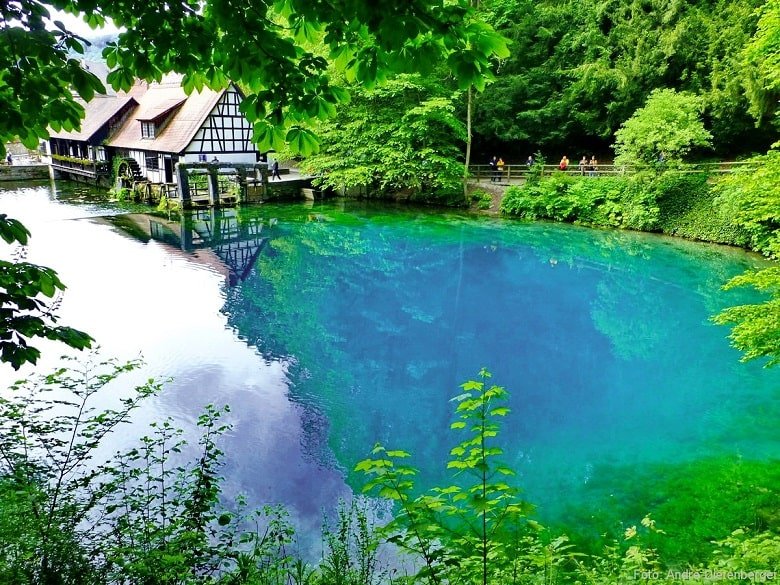
Blautopf has long fascinated locals and tourists with its deep blue water. Water as clear as crystal and blue as the sky. Is a paradise for the eyes.Near Blaubeuren and the former monastery, Blautopf is the place where the largest underground spring in Germany flows from a cave. Lake Blautopf is located in the medieval town of Blaubeuren, about 20 km from Ulm. Blautopf is usually open 24/7 with no gates, so you can visit it anytime.
Saxon Switzerland Mountains
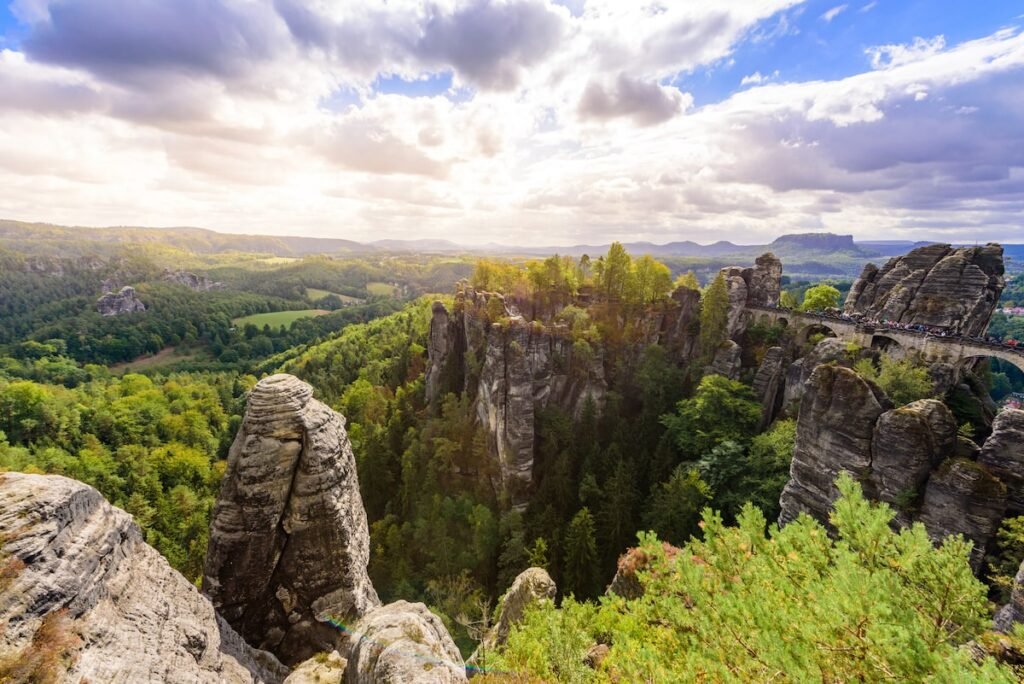
Located in the southeast of Germany and stretching over the border with the Czech Republic, Saxon Switzerland National Park is dominated by the rugged Elbe-Sandstone Mountains, through which the Elbe River runs. In this wonderful landscape we will notice strangely shaped sandstone karsts, table mountains, rock needles and gorges. Saxon Switzerland is a landscape unlike any other place. It’s an amazing feeling to see this miracle of nature!
Waterfalls in Triberg
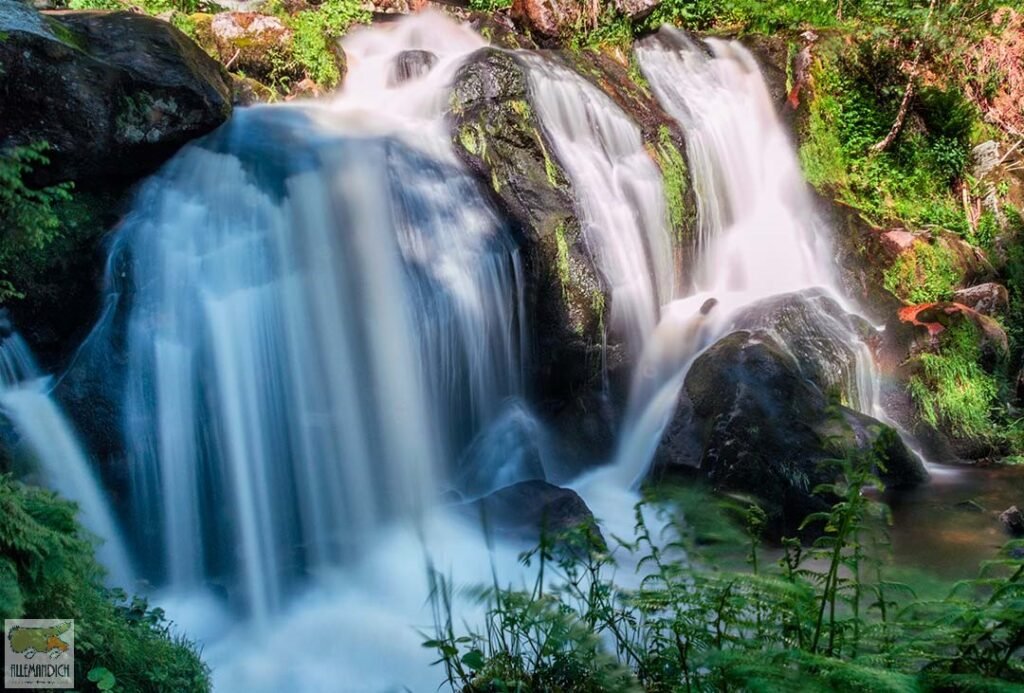
Germany’s highest waterfalls in Triberg! Foaming water plunges 163 meters into the river called “Gutach”. On the paths along the seven stages, you experience a magnificent of nature. The falls are accessible during the whole year and offer an impressive coulisse even in winter. In addition, the falls are illuminated every day from the morning until the night. Enjoy the nature park in Germany’s highest waterfalls.
Wadden Sea

The Wadden Sea is one of the largest tidal regions in the world. From Den Helder to the Danish Esbjerg, the region extends over three borders. The Wadden Sea is unique. The world changes at least twice a day. At one moment, you find an expanse of mud flats, kilometers-long. The next moment, everything is under water. The weather is often fierce and difficult to predict. If you want to survive, you need to adapt. No wonder the plants and animals in and around the Wadden Sea are so exceptional! That’s why the area has been given a special status: World Heritage.
Chalk rocks on Rügen
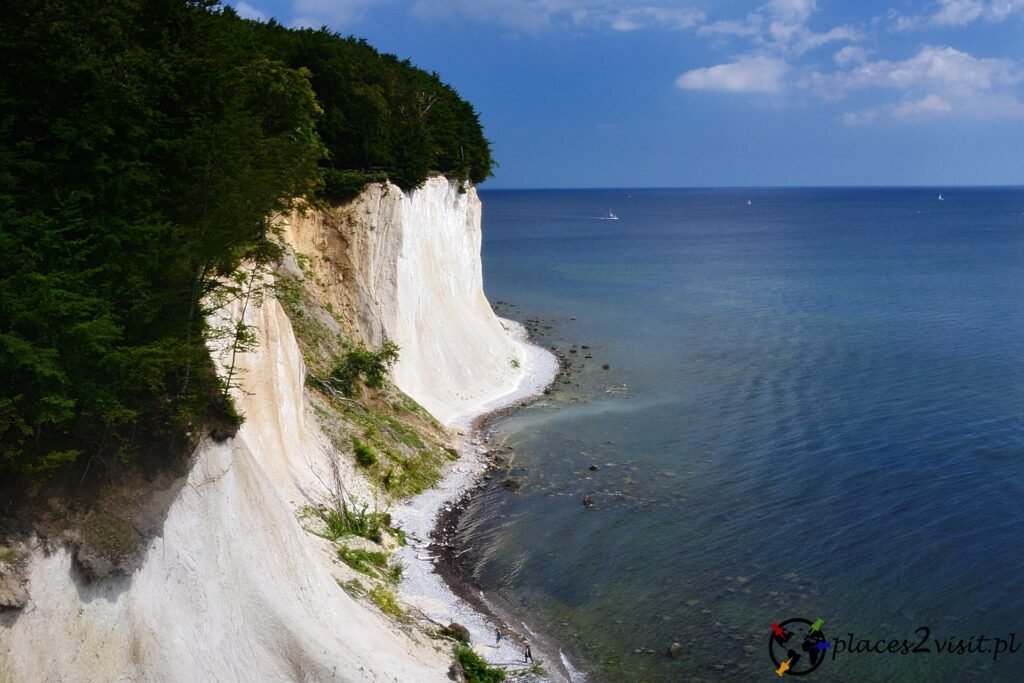
Discover the magnificent landscape of white chalk cliffs on the north-eastern coast of the Baltic Sea island of Rügen. dense forests, moving blue sea waves provide a unique atmosphere, so visitors come here to enjoy the extraordinary nature and experience peace and relaxation.
The chalk cliffs are part of the Jasmund National Park. They are subject to erosion which means what you see today might have already changed tomorrow.
Lüneburg Heath
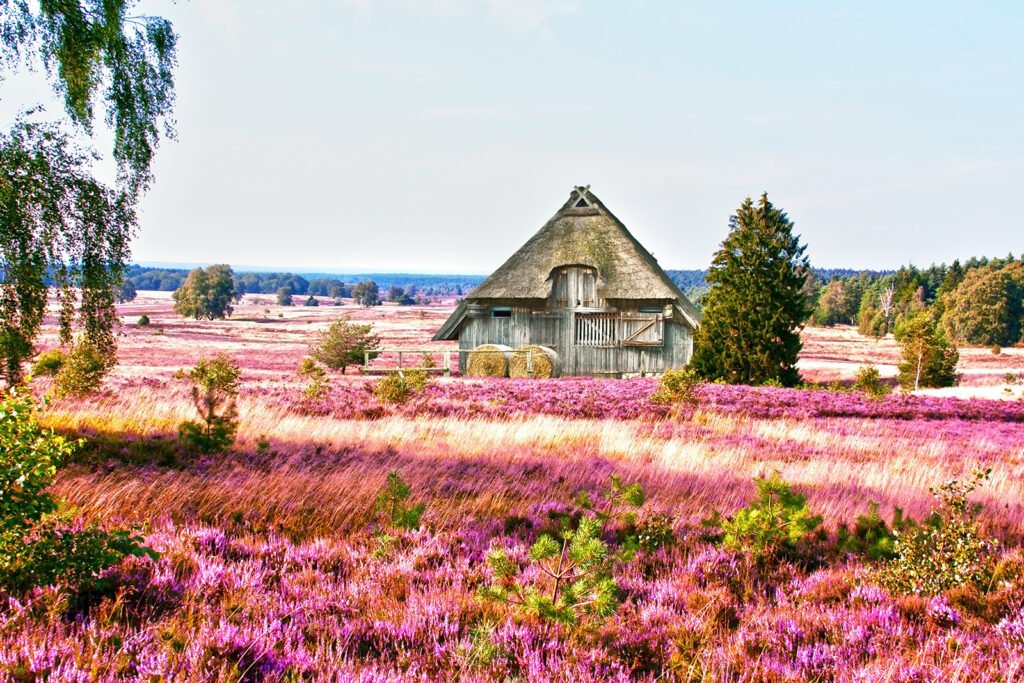
The Nature Reserve Lüneburger Heide contains the largest remaining historical heathland areas in Central Europe, a relict of a former widespread landscape developed by heathland farming (“Heidebauernwirtschaft”) especially in the middle ages. The origin of this manmade landscape is the use from Bronze Age on.
Besides, there exist some bogs of different types, old forests and brooks which mostly are only little influenced by man. A huge area was afforested with pines during the last decades of the 19th century. Wilseder mountain is the highest peak in the North German plain and a popular destination for carriage rides, hikers and cyclists.
Devil’s Bridge
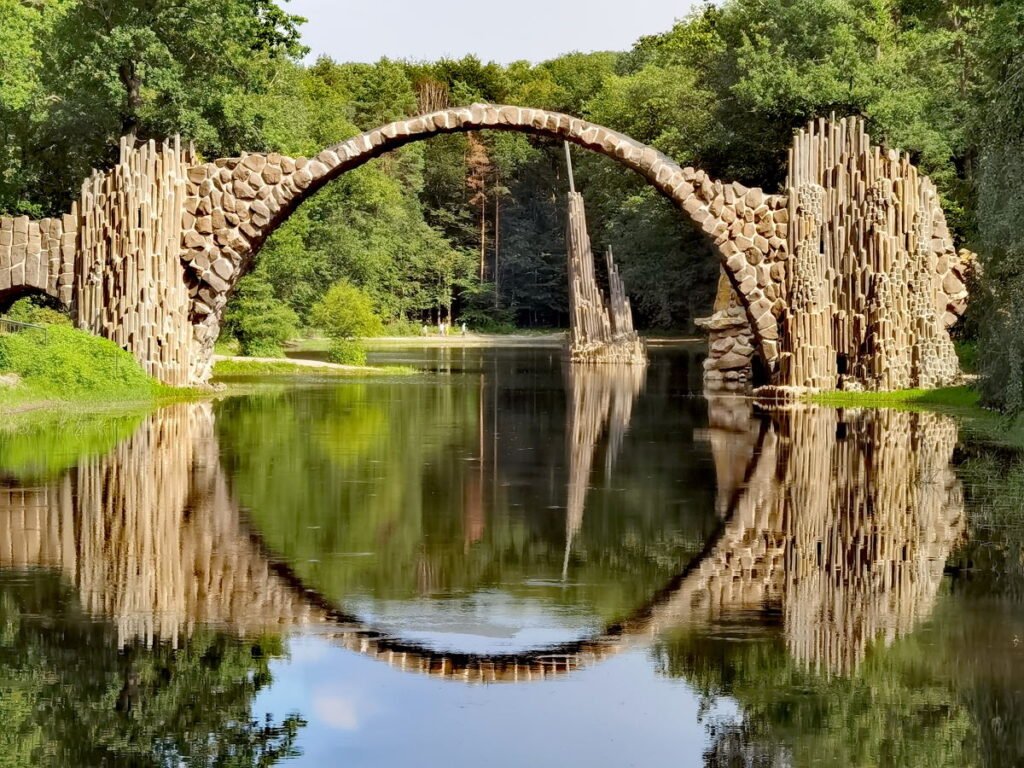
Devil’s Bridge spans the River Lune south and east of Kirkby Lonsdale. This magnificent three-arch bridge probably dates back to the 12th or 13th century and is now an ancient monument. A popular meeting place for motorcycle enthusiasts. Devil’s Bridge was once the only bridge over the River Lune for many miles and formed part of the busy west-bound route into the city. Currently closed to traffic, it is a popular resting place, ideal for picnics, and is the starting or ending point of a wonderful riverside walk north of Kirkby Lonsdale.
Andernach Geyser
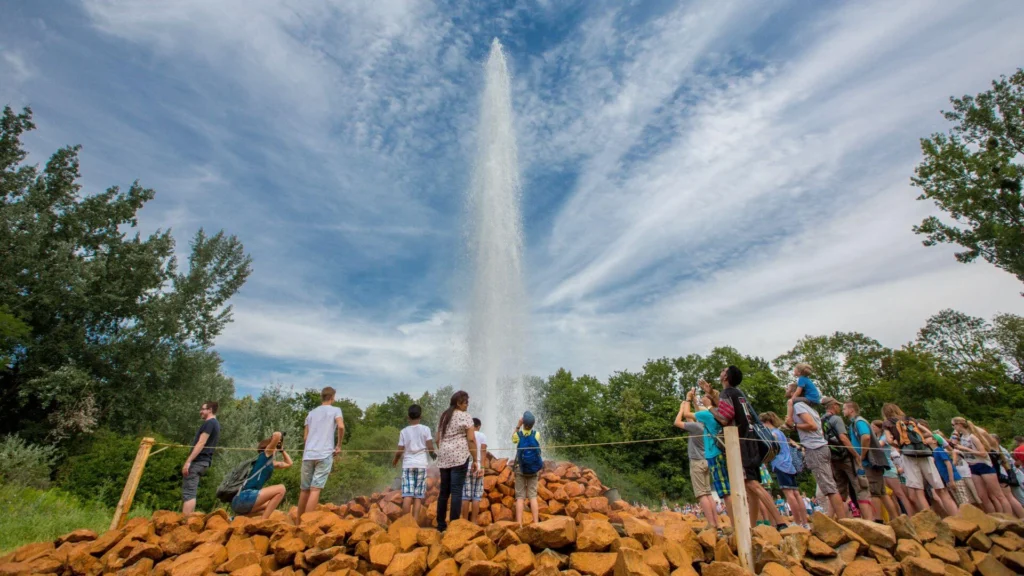
The world’s largest cold-water geyser is a unique natural spectacle. Near Andernach a geyser rises in the Namedyer Werth. Unlike hot water geysers, which eject water under the steam pressure of superheated water, this cold water geyser is powered by carbonic acid. It has its roots in the landscape’s active volcanic history.
At the Geysir Museum, visitors embark on an exciting journey underground to learn how a cold-water geyser works at hands-on stations. The boat then takes guests to the Namedyer Werth Nature Reserve. The greatest attraction awaits us there, the world’s tallest cold water geyser, whose eruption is preceded by hissing and bubbling. Approximately every 100 minutes, it shoots up to 60 meters into the air. The magnificent force of nature impresses visitors.
Fairy Grottoes in Saalfeld
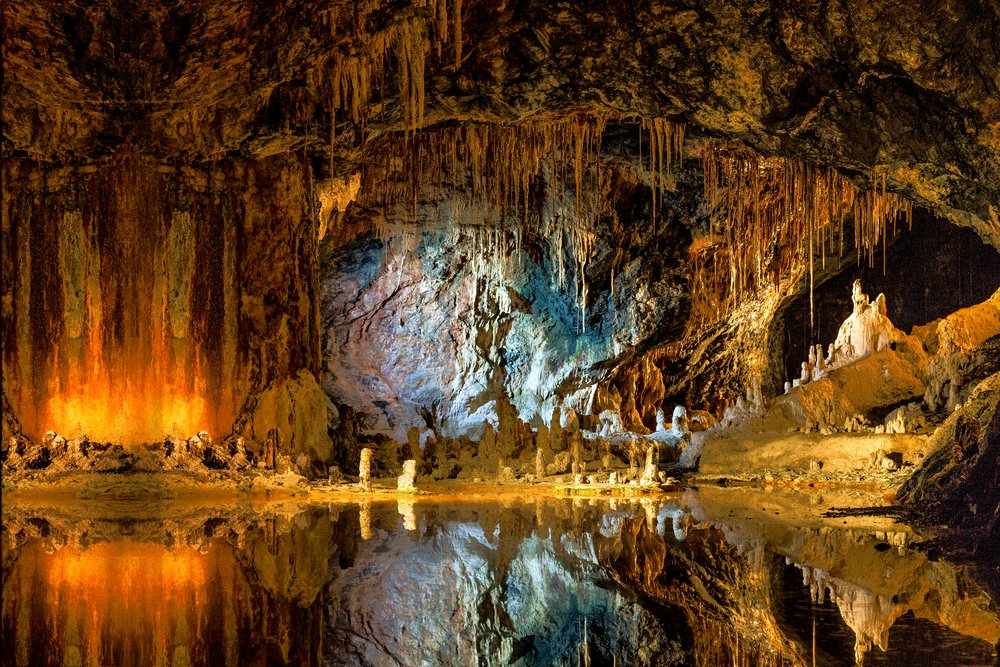
The “Feengrotten” (fairy grottoes) in Saalfeld appear in the Guinness Book of Records as they are the most colourful grottoes of their form in the whole world. They belong to some of the most well-known tourist-attractions in Thuringia and follow in the footstep of medieval miners.
Lange Anna on the island of Heligoland
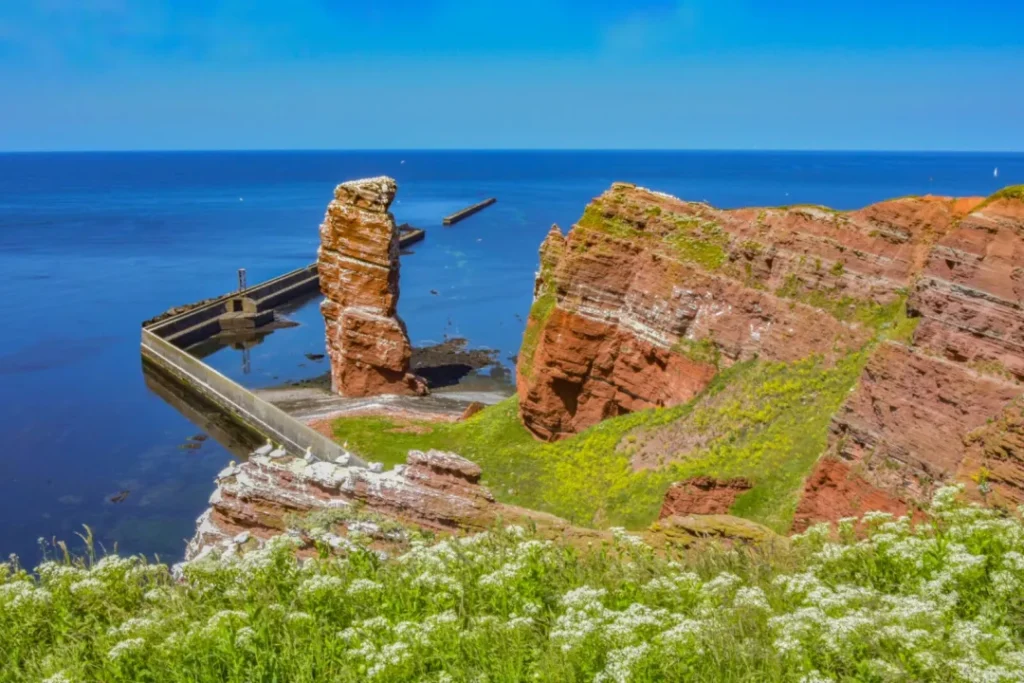
The Heligoland island lies directly in front of the German coast, about 70 kilometers from the mainland. It is a tiny island with an area of only 1.7 square kilometers. Despite its small size, it is rich in natural beauty and has a fascinating history that dates back to prehistoric times.
The Anna is undoubtedly the most famous feature of the island of Helgoland. She is a slender, vertical column of rock that rises from the North Sea juts out and forms a solitary tower in the middle of the water. The rock is made of sandstone, which over time has been battered by the harsh winds and waves of the North Sea was formed. The name “Long Anna” means “Long Anna” in German and is named after a woman who is said to have lived on the island in the Middle Ages.
Schrecksee
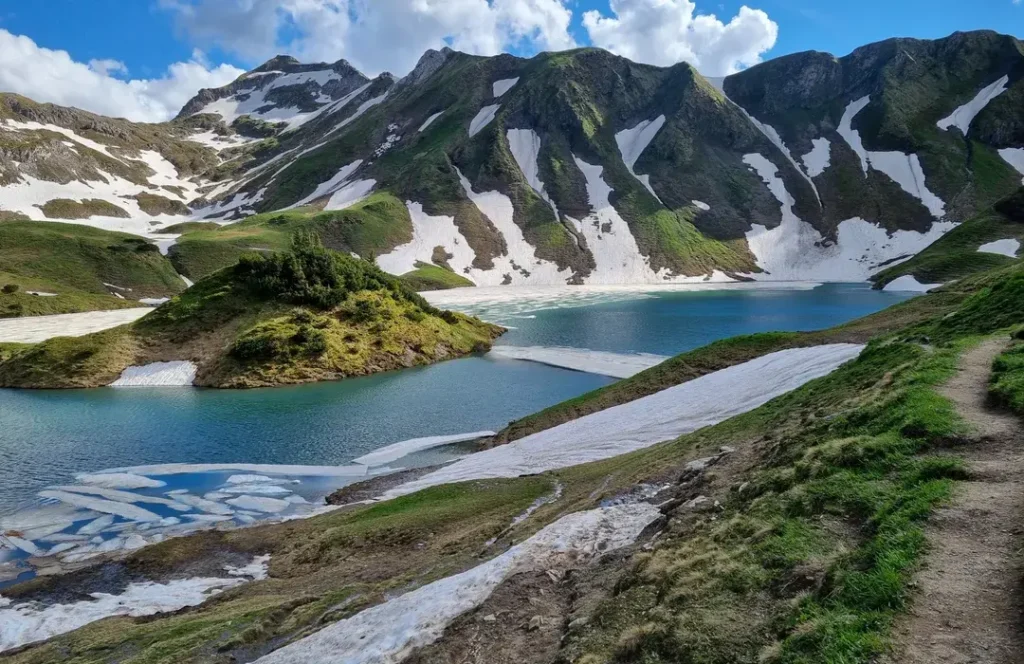
Lake Schrecksee is one of the most beautiful alpine lakes in Germany. The wonderful waters complement the beautiful nature of the Bavarian Alps. Schrecksee Lake is situated in the Allgäu region of the Bavarian Alps in close to the Austrian border.
The lake is situated at an elevation of approximately 1,813 meters (5,948 feet) above sea level. That makes Schrecksee one of the highest alpine lakes in Germany. The only way to get to the Schrecksee Lake is by hiking there.
